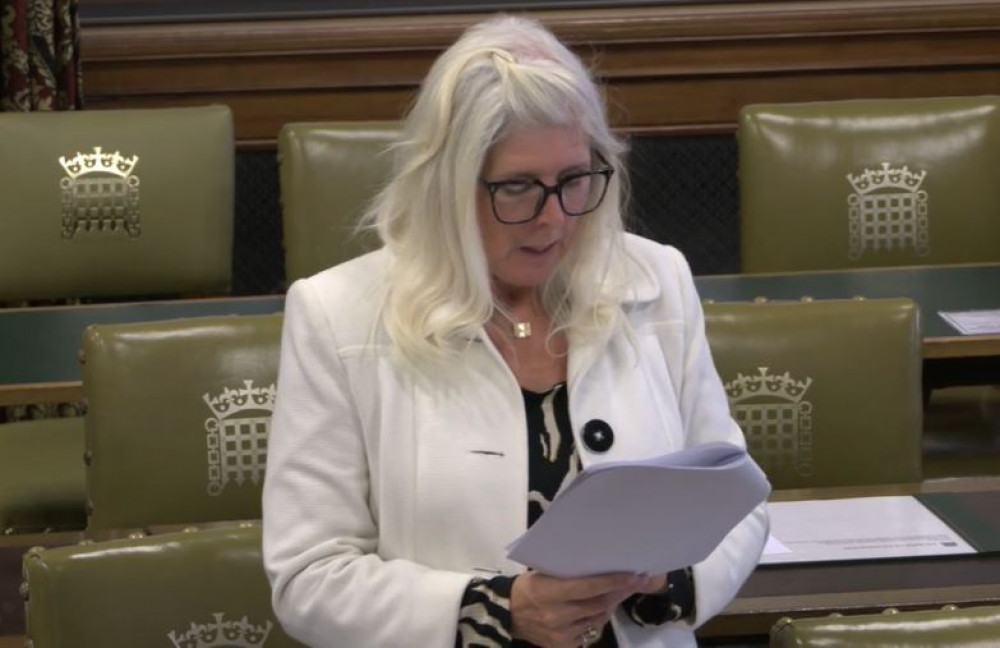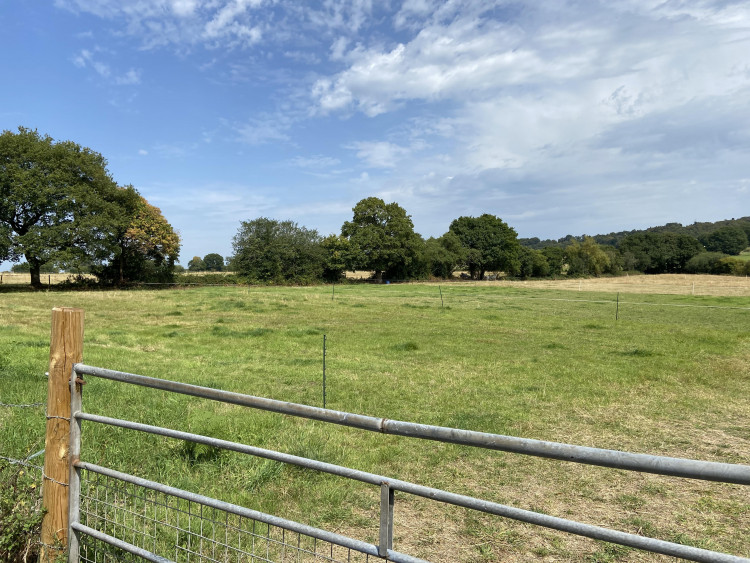Stoke-on-Trent MP raises concerns about planned development 'size of new electoral ward'
By Phil Corrigan - Local Democracy Reporter 10th Sep 2025
By Phil Corrigan - Local Democracy Reporter 10th Sep 2025

A Stoke-on-Trent MP has raised concerns in Parliament over plans to build 3,000 homes on Green Belt land in the city.
Allison Gardner, Labour MP for Stoke-on-Trent South, said her constituents were 'rightly worried' about the scale of development proposed for the land at Lightwood, under Stoke-on-Trent City Council's draft local plan.
The 116 hectare site, between Cocknage Road, Lightwood Road and Woodpark Lane, is one of 11 'broad locations' in the Green Belt earmarked for 10,499 homes between them.
Once it is adopted, the local plan will guide all development in the city up to the year 2040, and will aim to meet Stoke-on-Trent's government-set housing target of 948 homes a year.
Dr Gardner, who led a Westminster Hall debate on housing development in North Staffordshire, acknowledged the need to build more homes in the area, and claimed the Labour-run city council 'is doing the most building on brownfield sites on record'.
But she raised concerns about the development of such much Green Belt land in her constituency, and the lack of local infrastructure.

Dr Gardner said: "A development of this size is a whole new electoral ward. While this is in the very early stages of the local plan, should this proceed, it would have a significant impact on surrounding communities.
"Residents are rightly worried about the scale of the development, the loss of green space and the strain on local infrastructure. The land also includes a quarry containing valuable reserves of Etruria marl.
"A major concern of mine is the impact of new developments on transport infrastructure. In Lightwood access roads are minimal. One connects to a route already beset by traffic and speeding issues while the other to country lanes that cannot safely accommodate significant traffic."
Dr Gardner said that elsewhere in his constituency villages had been 'cut in half' by major roads, with residents in Tittensor campaigning for 30 years for a crossing. She also said that water companies had to be compelled to improve water infrastructure in order to cope with new housing.
The government recently eased planning rules to make it easier to build on low quality 'grey belt' land in the Green Belt. But Dr Gardner said the land at Lightwood could not be seen as grey belt as it included valuable farm land and habitats for newts, bats and badgers.
She called on the government to give councils more powers to take control of derelict town centre buildings, such as those in Longton, in order to boost housebuilding on brownfield sites.
Stoke-on-Trent Central MP Gareth Snell, who also took part in the debate, suggested that Stoke-on-Trent could be a pilot area for giving councils compulsory purchase powers for land assembly, powers currently wielded by Homes England.
Housing minister Matthew Pennycook insisted that the government took a 'brownfield-first' approach to development, and that it expected councils to exhaust their supply of previously developed land before turning to greenfield sites.
But he said that there is not enough brownfield land to meet the demand for new homes, and so some Green Belt land would have to be released, starting with previously development land and then low quality grey belt sites.
He said: "Because we recognise the value that communities place on Green Belt land, we've taken steps to ensure that any necessary development on it must deliver high levels of affordable housing, the provision of new or improvements to existing green spaces and improvements to local or national infrastructure.
"Our new golden rules, which are the mechanism by which we will deliver that public gain, will apply where a major development is proposed on Green Belt land."
The city council is currently carrying out a six-week public consultation on the draft local plan. To have your say, visit https://www.stoke.gov.uk/localplan
CHECK OUT OUR FREE NEWSLETTER!
5 TOP STORIES EVERY FRIDAY!
Click here to sign up: stoke newsletter
Share:

























